The ancient practice of smooth, purposeful movement can help balance your body and mind
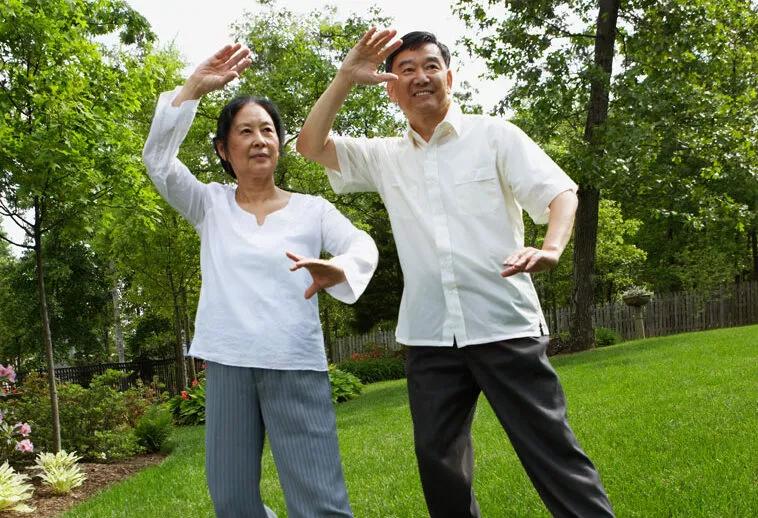
Have you ever watched someone do tai chi? They look like they’re moving in slow motion. But can moving at that snail-like pace really do much good for your body?
Advertisement
Cleveland Clinic is a non-profit academic medical center. Advertising on our site helps support our mission. We do not endorse non-Cleveland Clinic products or services. Policy
Yes! Those gentle, flowing movements have some big benefits.
Personal trainer and Oriental medicine specialist Tim Sobo, LAc, CPT, CES, explains how tai chi can help you find balance — both physical and mental.
Tai chi is a gentle, low-impact form of exercise in which you perform a series of motions while focusing on deep, slow breaths. “It’s sometimes called ’meditation in motion’ because it’s a series of exercises that can help harmonize your body’s energy and mind,” Sobo explains.
Tai chi has been a pillar of traditional Chinese medicine (TCM) for centuries, its movements designed to energize and balance your body’s energy, or qi (pronounced “chi”). According to TCM principles, when your qi is balanced, your body can function at its best.
But qi or no qi, tai chi can help you meet your exercise goals through its slow, purposeful movements, which require strength and coordination that can challenge all fitness levels.
“When you practice tai chi, you’re not trying to see how fast you can move,” Sobo further explains. “Your goal is to make the moves flow together. You move your whole body as a unit. And because strength and balance are required, tai chi is great for your muscles and bones.”
Advertisement
There are hundreds of studies on tai chi, and researchers have found that it can help with many health concerns.
“There’s evidence to suggest that tai chi is beneficial for overall muscle strength, joint health, flexibility, and improving balance and coordination,” Sobo says.
Let’s delve deeper into some of its biggest health benefits.
If you’re feeling the pressure of daily life, you may find that tai chi brings you the sense of quiet and calm that you crave.
One small study of “healthy but stressed people” showed that practicing tai chi for 12 weeks significantly lowered their anxiety levels — maybe even better than other forms of exercise.
Why? Chalk it up to mindfulness. To successfully practice tai chi, you have to think about your breathing and movements, which takes your mind away from whatever else may be bugging you.
“The practice of being mindful is a great stress reliever,” Sobo says. “Tai chi’s movements require you to focus on breathing and movement together, so you’re focused on what you’re doing rather than on everything else going on in your life.”
Falls can be dangerous and even deadly, especially in older adults. Tai chi may be able to help.
A review of 10 studies on tai chi and balance found that people who practiced tai chi had up to 50% fewer falls than those who didn’t. And tai chi has been shown to help lower fall risks for people with Parkinson’s specifically.
The U.S. Centers for Disease Control and Prevention (CDC) and the American Geriatric Society Clinical Practice Guidelines both recognize tai chi as an effective way to lower your fall risk.
The older you get, the more difficult it becomes to easily switch from one task to another. But studies show that for some people, tai chi might be able to help.
A small study of people in their 60s found that those who practiced tai chi daily for 12 weeks were better able to switch between tasks than those who didn’t practice it. They also had more activity in the prefrontal cortex, the area of the brain responsible for higher-level thinking skills.
Another study showed that when older adults with memory issues practiced tai chi three times a week for six months, they experienced “significantly improved memory.”
When combined with medication, tai chi may be able to help relieve symptoms of depression and get you feeling more like yourself again.
One study looked at older adults who took escitalopram (aka Lexapro®) to treat major depression. It found that adding in just two hours of tai chi per week helped improve their depression symptoms. Another study saw similar results in psychiatric patients of varying ages, but larger studies are still needed to say for sure.
Advertisement
Fibromyalgia can cause full-body pain that can, at times, be debilitating. Could tai chi help bring some relief? A randomized study compared the effects of tai chi and aerobic exercise on people with fibromyalgia, finding that those who practiced tai chi found more symptom relief than those who didn’t.
Studies show that a weekly tai chi practice can help relieve some of the pain of osteoarthritis in the knees — so well, in fact, that the American College of Rheumatology (ACR) and the Arthritis Foundation “strongly recommend” tai chi as a means of managing osteoarthritis pain.
Here are a few additional checks in the “pro” column:
Advertisement
If you’ve never tried tai chi, there’s no need to be intimidated. “Whether you’re 16 or 85, you can do tai chi to your fitness level,” Sobo encourages. “You can modify anything. Do the moves within your limits.”
There are different types of tai chi, each with their own series of exercises. They range from doing five poses to more than 100! When you find a style that appeals to you, talk to your healthcare provider to be sure it’s safe for you, especially if you have any health conditions or pain.
Once you’ve gotten the go-ahead, it’s time to run (errr, move slowly) with it. Here’s how to make tai chi part of your life:
Just make sure you’re being safe and paying attention to your body. “Don’t push anything,” Sobo says. “You shouldn’t feel any sharp pain when you’re practicing tai chi.”
You can practice tai chi as often as you want. “Since it’s not weight training or long-distance running, many people can safely do 20 minutes of tai chi every day,” Sobo clarifies. “Your body doesn’t need a day to recover.”
Advertisement
Importantly, the more you practice tai chi, the better you’ll get — and the more you do it, the quicker you’ll learn the routine.
“Think of tai chi as a form of dance,” Sobo explains. “You can learn dance steps within a few days, but you can spend a lifetime mastering the dance. Once you’ve learned the tai chi moves, aim to get better at them each day. You’ll learn to do them more smoothly and go deeper into them.”
He says your ultimate goal should be to move so slowly and smoothly that you could balance a plate on your head. (But maybe don’t start with your grandmother’s heirloom china!) Even if you never reach that level, don’t stress. It’s an art form, not a competition — so just do the best you can.
“Go to your comfort level,” Sobo says, “and over time, you’ll notice improvements in your health.”
Learn more about our editorial process.
Advertisement

Losing belly fat can reduce your risk for chronic health conditions — try focusing on a diet high in lean protein, exercising regularly, reducing stress and getting quality ZZZs
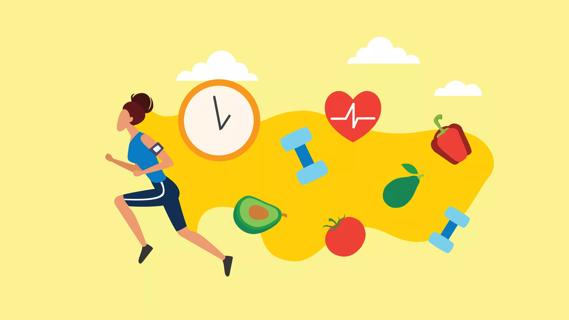
It’s best to exercise before or after your fast, instead of during it
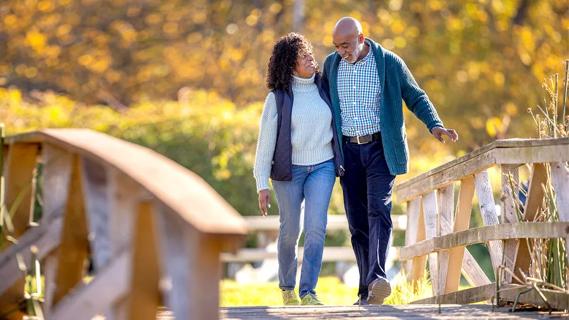
Absolutely! In fact, in many ways, exercise is key to recovery
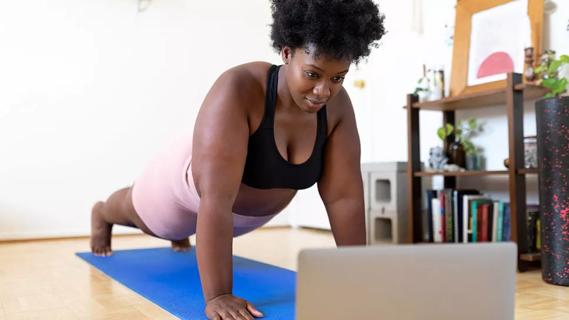
The exercise — which you’ve probably been doing since grade school — can be intimidating, but proper form can help
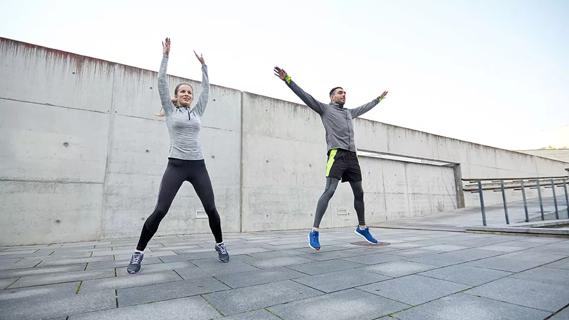
Cardio is great for improving cognition, but strength and balance training are just as important

Exercise lowers risk for heart conditions, improves mental health and reduces visceral fat that can compromise your organs

Kids’ yoga can help kiddos become more aware of their physical, mental and emotional selves
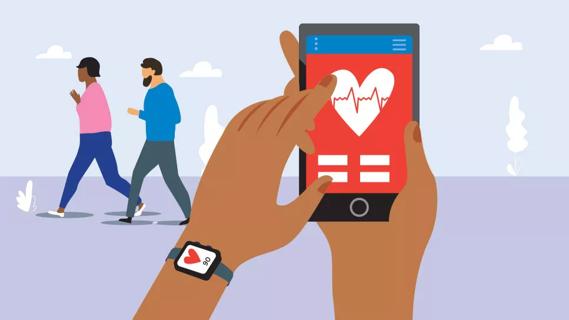
This technology can benefit your workouts by helping you hit your target heart rate, resulting in better overall health and wellness

Type 2 diabetes isn’t inevitable with these dietary changes

Applying a hot or cold compress can help with pain